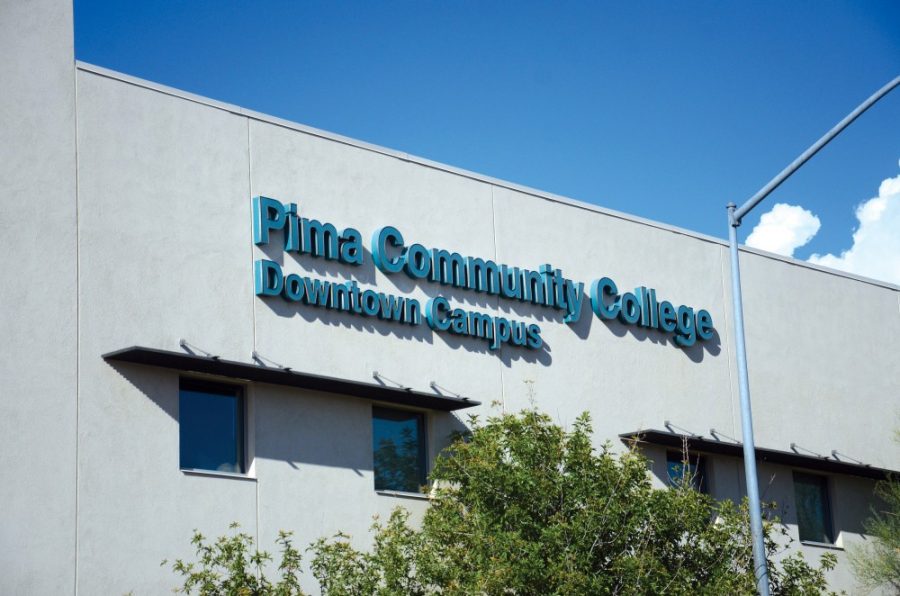
Stanford University recently announced that it will pay the tuition of all students whose family make less than $125,000 per year, and the tuition and room and board for students whose families make less than $65,000 per year. Within this new policy, Stanford is still requiring students to contribute $5,000 per year from their earnings in summer or part-time jobs.
While tuition will be free to lower-income families, higher-income families will continue to pay Stanford’s ridiculous sticker price ($45,729 last year), thus allowing lower-income students to attend.
“For the lower income students who attend Stanford, it will mean a lot given skyrocketing tuition,” said Nolan Cabrera, assistant professor for the Center for the Study of Higher Education. “If there was not that subsidy, they would simply be priced out of a Stanford education.”
Students whose families make less than $125,000 per year only qualify for the free tuition, however, if their parents have assets less than $300,000. That’s a big “if.” If the family owned a house, two cars and had some money in savings, for example, the student could easily lose their free tuition.
Students who don’t qualify for free tuition won’t be “left out in the cold,” Cabrera added.
“They are still eligible for financial aid,” he said, “and their expected family contribution will be relatively low.”
With Stanford’s $21 billion endowment, it wouldn’t make sense not to help lower-income students.
“Some have argued that Stanford […] actually does not need to charge tuition at all,” Cabrera said. “Given rising tuition, the institution has to do something, or it will be exclusively available to very wealthy students — which also maps onto people who have college-educated parents and tend not to be racial minorities.”
Though most schools don’t have Stanford’s endowment and cannot provide this financial aid guarantee, each school can learn something from Stanford’s new policy. Cutting the cost of tuition, even by a fraction, can help a lot of lower-income students get to college and raise enrollment numbers.
Before Stanford, close to a dozen private universities lowered their tuition this past school year. The schools who weren’t willing to take the risk of lowering tuition for everyone have offered better “discounts,” according to Danielle Douglas-Gabriel of The Washington Post, such as grants and scholarships, that still decrease tuition for most students and increase the chances of lower-income students getting to school.
“What are the rest of us going to do to ensure that lower-income students can afford to go to college given dwindling state revenue?” Cabrera asked.
Though the UA and Arizona’s other public schools have little financially in common with Stanford — one of the richest universities in the world — they can look to the simple strategy of lowering tuition for guidance.
Rather than lower the price of education, though, Arizona’s universities are proposing another tuition hike next year — one that would put the sticker price of all three universities above the national average for public, four-year institutions.
Rather than increase the number of grants and scholarships, as some poorer private schools have attempted, Arizona provides an average of only $47 to each full-time student, compared to the national average of $561.
Arizona’s universities are on the wrong side of this issue. If lower tuition gets more students in the door, it’s worth a try during these tough times.
_______________
Jessica Terrones is a journalism freshman. Follow her on Twitter.








